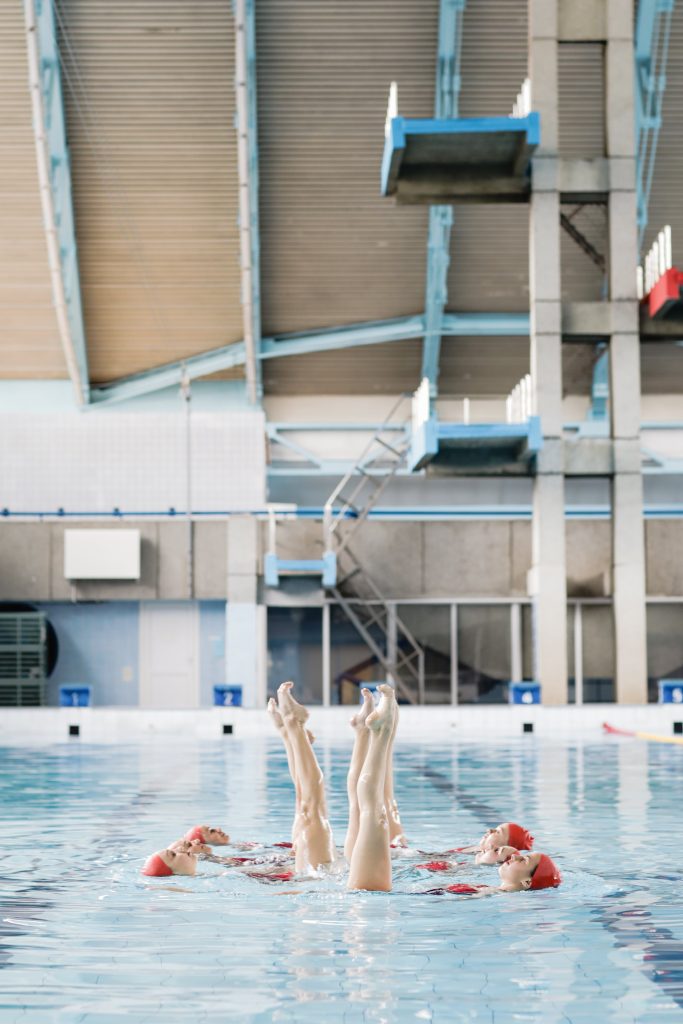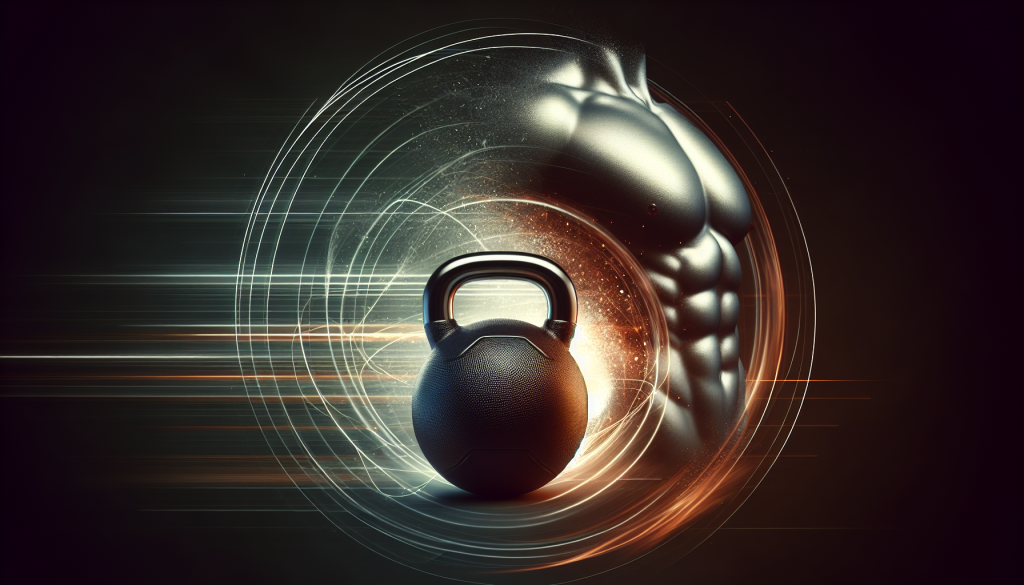Looking to build six-pack abs and develop a strong core? You’re in the right place! In this article, we will explore the best core stability exercises that will help you achieve your desired results. Discover the secret to achieving that toned and defined midsection you’ve always wanted. Stay tuned to learn the key exercises that will take your fitness journey to the next level!
Best Core Stability Exercises for Six-Pack Development
If you’re looking to develop those coveted six-pack abs and strengthen your core muscles, incorporating core stability exercises into your workout routine is the key. These exercises not only target your abs, but also engage the muscles surrounding your torso, providing a solid foundation for all your movements. In this article, we will explore the top core stability exercises that will help you achieve that chiseled midsection you’ve always desired.
Plank Variations
Planks are an incredibly effective exercise for strengthening your core and targeting your abs. The beauty of planks lies in their simplicity, as they require no equipment and can be done anywhere. To add variation and challenge to your plank routine, try incorporating the following variations:
Standard Plank
The standard plank is the foundation for all plank variations. To perform a standard plank, start by aligning your body in a push-up position, with your forearms resting on the ground. Keep your body in a straight line from your head to your heels, engage your abs, and hold this position for a specified duration.
Side Plank
Side planks primarily target your obliques, the muscles on the sides of your abs. Lie on your side, propped up on your forearm, with your body in a straight line. Raise your hips off the ground, engaging your core, and hold this position. To increase the difficulty, you can extend your top arm and leg into the air.
Reverse Plank
The reverse plank targets your lower abs and hip flexors. Start by sitting on the ground with your legs extended in front of you. Place your palms on the ground, fingers pointing towards your feet. Lift your hips off the ground, keeping your body in a straight line, and hold this position.
Plank with Leg Lift
To challenge your core stability further, try incorporating leg lifts into your plank. Begin in a standard plank position and lift one leg off the ground, holding for a few seconds before switching to the other leg. This exercise engages your entire core and adds an element of balance and coordination.
Plank with Arm Lift
Similar to the previous variation, this exercise involves lifting one arm off the ground while maintaining a stable plank position. Alternate between lifting your left and right arm, engaging your core to prevent any rotational movement.
Russian Twists
Russian twists are a fantastic exercise for targeting your obliques and building rotational strength in your core. Here are some variations you can try:
Basic Russian Twists
Sit on the ground with your knees bent and your feet flat on the floor, slightly elevated off the ground. Lean back slightly while keeping your back straight and engage your abs. Rotate your torso from side to side, touching the ground with your hands on either side of your body.
Weighted Russian Twists
To increase the intensity of the exercise, hold a weight or a medicine ball in your hands as you twist from side to side. The added resistance challenges your muscles and promotes greater strength development.
Medicine Ball Russian Twists
Using a medicine ball adds an additional element of stability and challenges your core to maintain balance. Hold the medicine ball in front of you with both hands and twist from side to side, touching the ball to the ground on each side.
Bicycle Russian Twists
Combine the benefits of Russian twists with the bicycle crunch to engage your abs even more. While twisting from side to side, bring your knees towards your chest and extend your legs out in a cycling motion.

Mountain Climbers
Mountain climbers are a dynamic exercise that not only works your abs but also engages multiple muscle groups, including your shoulders, arms, and legs. Give these variations a try:
Basic Mountain Climbers
Start in a high plank position with your hands directly under your shoulders. Bring one knee towards your chest, keeping your back straight, and then quickly switch to the other leg. Continue alternating legs at a fast pace, as if you’re running in place.
Mountain Climbers with Sliders
If you’re looking for a challenge and have access to sliders or towels, try mountain climbers with sliders. Place the sliders under your feet and perform the exercise as usual. The added instability forces your core to work harder to maintain balance.
Spiderman Mountain Climbers
Adding a twist to the classic mountain climber, the spiderman mountain climber involves bringing your knee towards your elbow on the same side as you perform the exercise. This variation targets your obliques in addition to your abs.
Cross-Body Mountain Climbers
To increase the difficulty and further engage your obliques, bring your knee towards the opposite elbow as you perform the mountain climber. This cross-body movement challenges your core stability and strengthens your rotational muscles.
Dead Bug Exercise
The dead bug exercise is a fantastic exercise for strengthening your core, especially your deep transverse abdominis muscle. Here are some variations you can incorporate into your routine:
Traditional Dead Bug
Lie down on your back with your arms extended towards the ceiling and your legs bent at a 90-degree angle. Slowly lower one arm above your head and the opposite leg towards the floor, while keeping your core engaged and your lower back pressed into the ground. Return to the starting position and repeat on the other side.
Dead Bug with Resistance Band
Using a resistance band adds an extra challenge to the exercise by increasing the resistance and engaging more muscles. Loop the resistance band around your feet and hold the ends in your hands. Perform the exercise as described above, maintaining tension in the band throughout the movement.
Dead Bug with Stability Ball
Incorporating a stability ball into your dead bug exercise adds instability and requires your core muscles to work harder to maintain balance. Place the stability ball between your knees and squeeze it as you perform the exercise, ensuring your core is engaged throughout.
Single-Leg Dead Bug
To further challenge your core stability, try performing the dead bug exercise with only one leg extended at a time. This variation requires greater control and balance, engaging your core muscles even more.

Hanging Leg Raises
Hanging leg raises are an excellent exercise for targeting your lower abs and building overall core strength. Here are some variations you can try:
Straight Leg Raises
Hang from a pull-up bar with your arms fully extended. Keeping your legs straight, raise them up towards the ceiling, engaging your abs. Slowly lower your legs back to the starting position and repeat. For an added challenge, hold a dumbbell between your feet.
Bent Knee Leg Raises
If straight leg raises feel too challenging, you can modify the exercise by bending your knees. Hang from the pull-up bar and bring your knees towards your chest. Slowly lower your legs back down and repeat.
Oblique Leg Raises
To target your obliques, perform leg raises by twisting your hips to one side as you lift your legs. Alternate sides with each repetition to engage both oblique muscles.
Scissor Kicks
Hang from the pull-up bar with your legs together. Keeping your core engaged, perform scissor kicks by alternating raising one leg higher while lowering the other leg. This exercise engages your entire core and challenges your stability.
Flutter Kicks
Flutter kicks are a great exercise for targeting your lower abs and challenging your core stability. Here are some variations to try:
Flutter Kicks on the Ground
Lie on your back with your legs extended in front of you and your arms by your sides. Keep your lower back pressed into the ground and lift your legs slightly off the floor. Alternate raising one leg higher while lowering the other in a fluttering motion, engaging your abs throughout.
Flutter Kicks with a Medicine Ball
Adding a medicine ball to your flutter kicks increases the resistance and engages more muscles. Hold the medicine ball between your feet and perform the exercise as described above, ensuring your core is engaged and your lower back is pressed into the ground.
Flutter Kicks on a Bench
Performing flutter kicks on a bench adds an element of instability, challenging your core even further. Lie down on a bench with your upper back supported and your legs extended off the edge. Perform the flutter kicks, making sure to keep your core engaged and your back pressed into the bench.
Flutter Kicks with Resistance Bands
To increase the difficulty of the exercise, attach resistance bands around your ankles and perform flutter kicks. The bands create extra tension and challenge your muscles to work harder.

Medicine Ball Toss
Medicine ball tosses are a dynamic and engaging exercise that targets your abs and improves your explosive power. Here are some variations to try:
Russian Twist Toss
Sit on the ground with your knees bent and your feet elevated off the ground. Hold a medicine ball in front of you and twist your torso from side to side, touching the ball to the ground on either side. After each twist, bounce the ball off the ground and catch it as it rebounds. The tossing motion adds an explosive element to the exercise, engaging your abs and obliques.
Overhead Toss
Stand with your feet shoulder-width apart, holding a medicine ball above your head. Bend your knees slightly and explosively toss the ball forward and down towards the ground. Catch the ball as it rebounds and repeat. This exercise engages your entire core as you stabilize your body during the toss.
Side-to-Side Toss
Start with your feet wider than shoulder-width apart and hold a medicine ball in front of you with both hands. Twist your torso from side to side, touching the ball to the ground on each side. As you reach each side, explosively toss the ball away from you and catch it as it rebounds. This exercise targets your abs and obliques while challenging your coordination.
Partner Medicine Ball Toss
Grab a partner and stand facing each other, a few feet apart. One person holds the medicine ball and tosses it towards the other person, who catches it and immediately tosses it back. This back-and-forth tossing engages your abs and obliques as you react and stabilize your body during the exchange.
Bicycle Crunches
Bicycle crunches are a classic exercise that targets your abs and obliques. Here are some variations you can incorporate into your routine:
Traditional Bicycle Crunches
Lie on your back with your hands behind your head and your legs extended in front of you. Bring one knee towards your chest while simultaneously rotating your torso and touching your opposite elbow to the knee. Repeat on the other side, mimicking a cycling motion.
Weighted Bicycle Crunches
To add resistance to the exercise, hold a weight or a medicine ball in your hands as you perform the bicycle crunches. The added resistance engages more muscle fibers and promotes greater strength development.
Bicycle Crunches with a Stability Ball
Using a stability ball adds an element of instability, challenging your core to work harder to maintain balance. Lie on your back with your legs resting on the stability ball and perform the bicycle crunches, ensuring your core is engaged throughout the exercise.
Swiss Ball Bicycle Crunches
If you have access to a Swiss ball, try incorporating it into your bicycle crunches. Rest your lower back on the Swiss ball while performing the exercise, engaging your core to stabilize your body on the unstable surface.

Lying Leg Lifts
Lying leg lifts are an effective exercise for targeting your lower abs and building core strength. Here are some variations to try:
Basic Lying Leg Lifts
Lie flat on your back with your legs extended in front of you and your hands by your sides. Lift your legs off the ground, keeping them straight, until they are perpendicular to the floor. Slowly lower them back down and repeat. For an added challenge, place a lightweight between your feet or ankles.
Weighted Lying Leg Lifts
To increase the difficulty of the exercise, hold a weight or a medicine ball between your feet as you lift your legs. The added resistance challenges your lower abs and increases the intensity of the workout.
Lying Leg Lifts with Resistance Bands
To engage your hip flexors more and challenge your core stability, loop a resistance band around your ankles or feet and perform lying leg lifts. The band creates extra tension and forces your muscles to work harder.
Decline Lying Leg Lifts
If you have access to a decline bench, try performing lying leg lifts on it. Position yourself on the bench with your head at the lower end and your feet secured at the top. Extend your legs and perform the leg lifts, engaging your lower abs and working against gravity.
V-Ups
V-ups are a challenging exercise that targets your entire core, including your upper and lower abs, obliques, and hip flexors. Here are some variations you can try:
Basic V-Ups
Lie flat on your back with your legs extended and your arms extended overhead. Simultaneously lift your legs and upper body, reaching towards your toes to form a “V” shape with your body. Slowly lower back down and repeat. For an added challenge, hold a weight or a medicine ball in your hands.
Weighted V-Ups
To intensify the exercise, hold a weight or a medicine ball in your hands as you perform the V-ups. The added resistance challenges your core muscles and promotes greater strength development.
V-Ups with Resistance Bands
Loop a resistance band around your ankles or feet and perform V-ups. The band adds extra resistance, engaging your hip flexors and challenging your core stability.
Decline V-Ups
If you have access to a decline bench, perform V-ups on it to increase the difficulty of the exercise. Position yourself on the bench with your head at the lower end and your feet secured at the top. Extend your body and perform the V-ups, engaging your entire core and working against gravity.
Incorporating these core stability exercises into your workout routine will provide you with a well-rounded training program that targets your abs and strengthens your core muscles. Remember to start with the basic variations and gradually increase the difficulty as your core strength improves. Consistency and proper form are key, so make sure to listen to your body and adjust the exercises as needed. With dedication and perseverance, you’ll be well on your way to developing those six-pack abs and achieving a strong and stable core.






